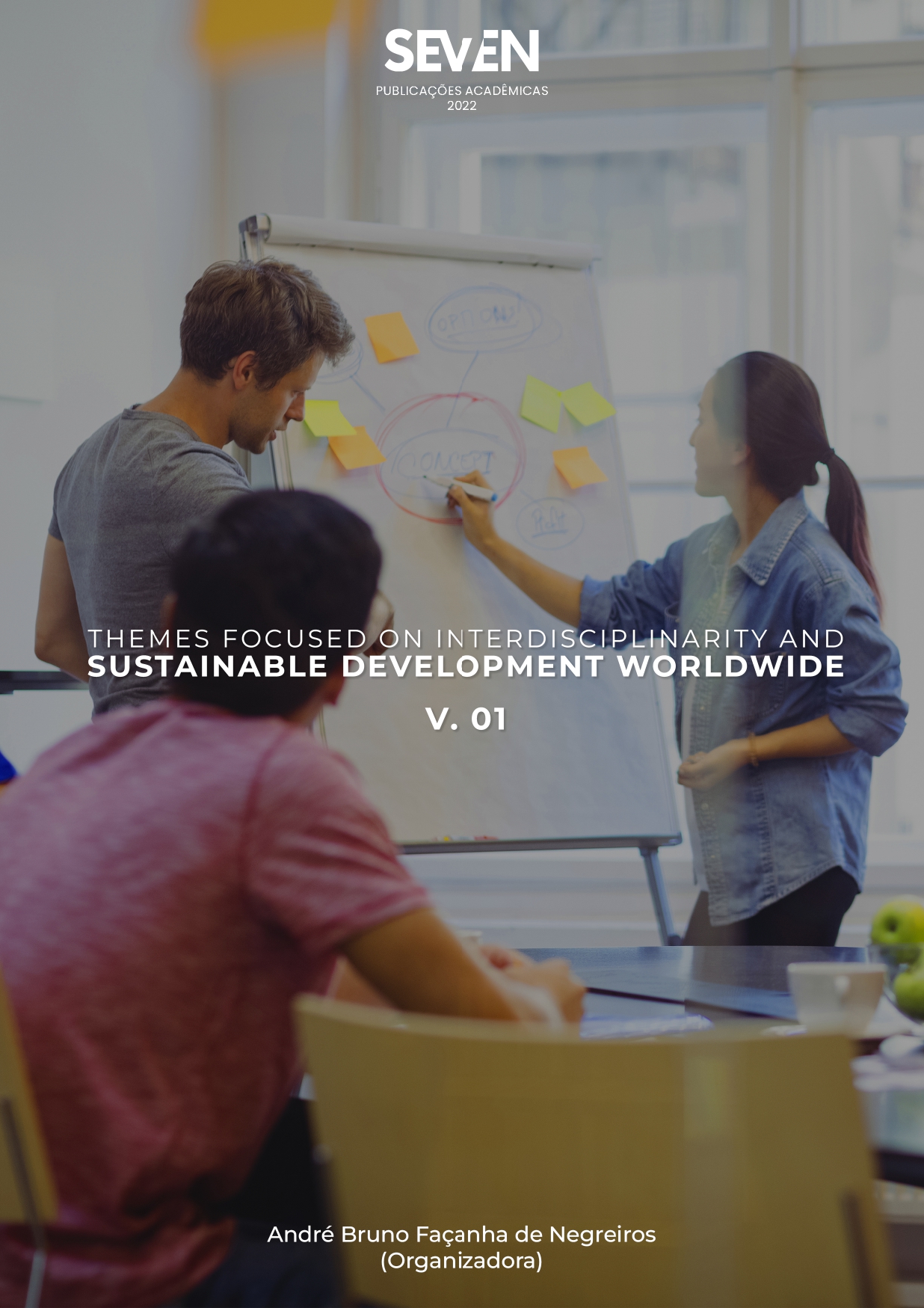Nutritive value of elephant grass obtained at different cutting ages in the transitional climate and soil of savae/forest of the state of Roraima
Palabras clave:
Characterization, degradability, fodder, Pennisetum purpureumResumen
The objective of this study was to evaluate the nutritive value of elephant grass obtained at different cutting ages, being cultivated in the transition region of the state of Roraima, leaving the forest of the South of the state to the north savannah, from chemical-bromatological analyses and in situ degradability. For this purpose, a randomized block design was used, being evaluated at five cutting ages (35, 45, 55, 65, and 75 days of cutting age), each with 4 replications. Weeding scans already established on campus were used. After collection on the predetermined days, the samples were pre-seed for subsequent chemical-bromatological analyses (DM, MM, Mo EE, PB and EDF) and in situ degradability of DM and THD were performed. A significant difference (P<0.05) was observed for MM, OM and CP and (P<0.01) for the degradability of DM and THS. Thus, with the advancing age of cutting of elephant grass, it was found that there are reductions in the contents of CP, MM and degradability of DM and THD, as well as an increase in OM and THD levels.
Descargas
Publicado
Número
Sección
Licencia
Derechos de autor 2023 Anderson da Silva Peixoto, Edileusa de Jesus dos Santos

Esta obra está bajo una licencia internacional Creative Commons Atribución-NoComercial-SinDerivadas 4.0.





